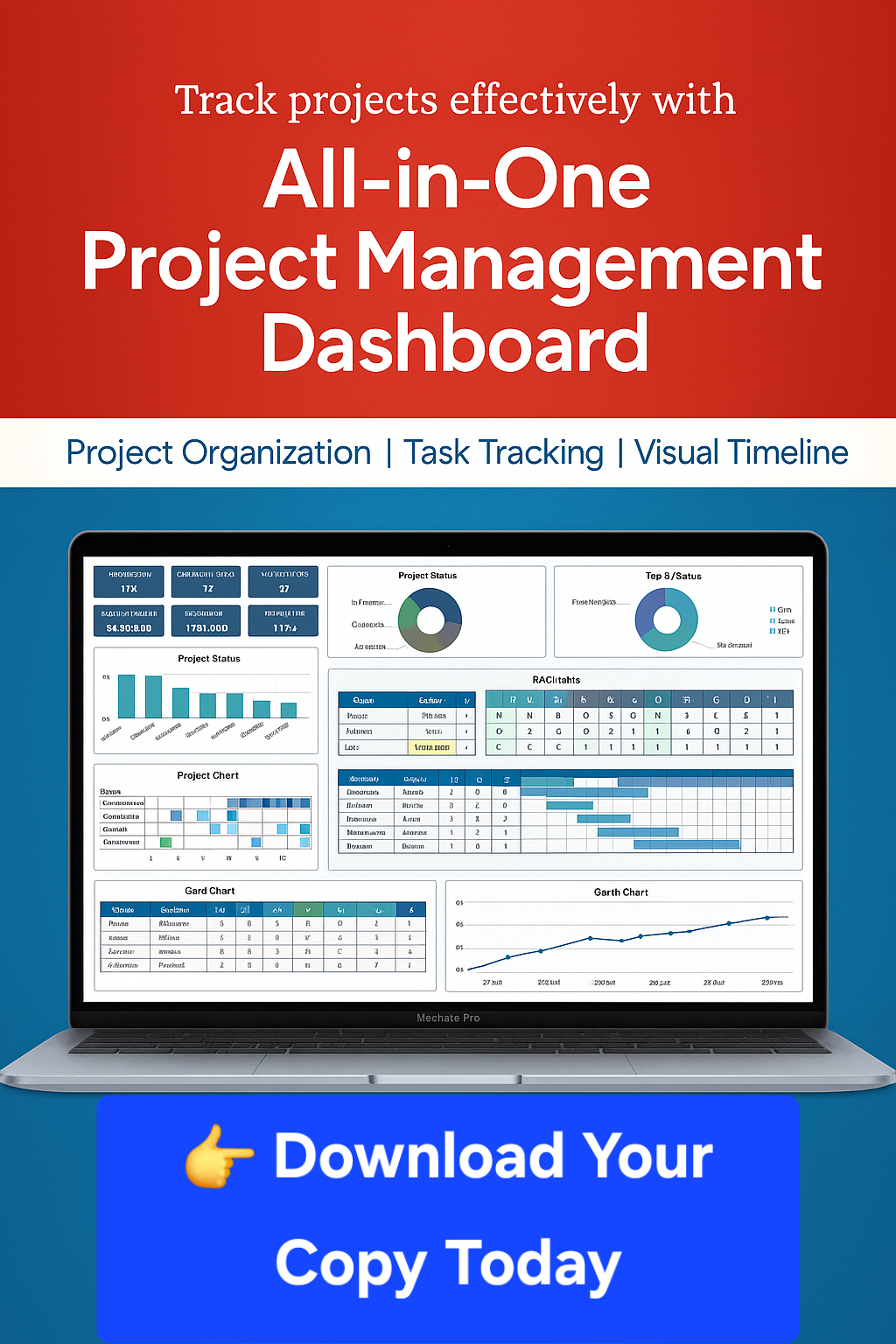Description
This course provides an introduction to using Terraform for Google Cloud. It enables learners to describe how Terraform can be used to implement infrastructure as code and to apply some of its key features and functionalities to create and manage Google Cloud infrastructure.
Learners will get hands-on practice building and managing Google Cloud resources using Terraform.
What you will learn
Course Introduction
This section welcomes learners to the Google Cloud Fundamentals: Core Infrastructure course, and provides an overview of the course structure and goals.
Introduction to Terraform for Google Cloud
This is an introductory module that covers the business need for Terraform. We’ll start with the basics by providing an overview of infrastructure as code (IaC), which is the basic concept for Terraform. We will explore how Terraform can be used as an IaC tool on Google Cloud and also cover its features and benefits. We’ll then look at how Terraform transforms lines of code into real infrastructure on Google Cloud.
Terms and Concepts
In this module, we introduce you to HashiCorp Language and discuss the terms and concepts involved in authoring a Terraform configuration. We also explore some of the important Terraform commands involved in managing the terraform configuration. Upon completion of this module, you will be able to interpret what each code block means, create basic configuration files within Terraform and be able to explain the purpose of a few few important terraform commands and we will also explore what a Validator tool is.
Writing Infrastructure Code for Google Cloud
In this module, you will explore more about resources, variables, and output resources. We will begin by exploring how to create infrastructure components using resources and then explore how Terraform handles dependencies within resources. While we have been covering resource creation by using hard-code resource arguments, we will explore how you can parameterize a given configuration using variables. We will explore the syntax to declare, define and use them within your configuration. We will then discuss how you can export resource attributes outside the resource declaration using output values. We will then wrap up the module by discovering how you can simplify code authoring using Terraform registry, and Cloud Foundation Toolkit.







